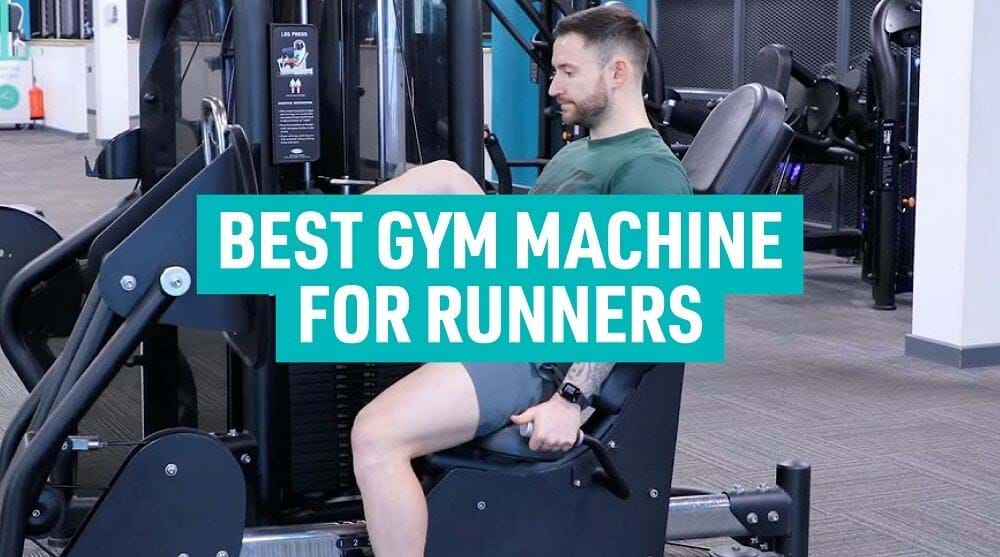Interval Running Workouts to Boost Your Training

If you fancy mixing up your regular runs with a training format that will boost your performance and endurance, and give a bit of variety to your usual workouts, we recommend integrating some interval running training.
We spoke to British distance athlete (and all-round running expert) Charlotte Arter about what HIIT running entails, why it's such a great training approach and some ideas on how to get started. Read on for her tips and advice.
What is interval running?
Interval training (also known as High Intensity Interval Training or HIIT) consists of repeated bouts of high intensity exercise (work intervals) for a certain time or distance, followed by low intensity exercise (recovery interval) and this is repeated a finite number of times depending on your goals for the training session. So in running terms, interval running involves repeated bouts of high intensity running alternated with low intensity running. The high intensity running is often at race pace or slightly faster and low intensity running is a jog or even a walk.
How does interval running work?
Intervals can be run using a specific distance or time and can be long or short, depending on your workout goals. For example, a shorter, more intense interval workout could be:
- 10 x 1 minute with 90 second recovery
So that's running hard for 1 minute then jogging easy for 90 seconds, repeated 10 times or 5 x 90 seconds with 2 minute recovery, so running hard for 90 seconds then jogging easy for 2 minutes, repeated 5 times.
A longer interval using distance could be
- 5 x 1km with 0.5km recovery.
So it's up to you whether you prefer to train using time or distance, and the intervals can be any distance or length of time depending on your goals / race you may be training for.
Don't forget to warm up for five to ten minutes before starting any high intensity exercise and cool down afterwards. The above examples could be used for training for a 5k or a 10k run. As the race distance increases the number of reps should increase and usually the length of the interval. The intervals shouldn't be absolutely flat out and it should be a pace you can hold for the defined number of repetitions, so roughly an 8/10 effort, it's better to get slightly faster as the session goes on than go too hard at the beginning! The recovery should allow you time to recover then go again.
How often should you be interval running?
HIIT running can be integrated into your training schedule a couple times a week; two to three interval sessions is all that's necessary. It's important to allow adequate recovery days between your higher intensity training, such as easy running, active recovery such as walking, or cross training such as biking or elliptical. So an example would be to do a harder interval session on Tuesdays, Thursdays and Saturdays. Our bodies simply can't complete high intensity every day and the recovery days are the days that allow adaptation to all your training, so they are just as important as the hard days! If you are unsure about what interval training you need to suit your goals, PureGym personal trainers will be able to give you a tailored plan to suit your needs.
Can I do interval training and HIIT on a treadmill?
Interval running sessions can easily be done on a treadmill or outside on road or grass, depending on which you prefer. The benefits of doing an interval session on a treadmill is you can set a pace and run the interval at an even speed. You can increase if you want to go faster and then slow it down for the recovery, again keeping to an even pace without having to look at your watch or worry about other people and crossing roads if done on pavements outside!
Our treadmill vs outside running guide explains more.
What are the benefits of interval running?
There are many benefits of interval training. The biggest advantage is increasing performance through physiological adaptations. Interval training stresses both the anaerobic and aerobic energy systems, increasing your vo2 max and anaerobic threshold. Which in simple terms allows you to run faster and maintain your speed for longer. It also builds strength and stamina, as well as mental toughness, knowing you can complete intervals at race pace or faster.
It also helps mix your training up, so rather than just going out for a run it adds some variety to your weekly training. It is also the most efficient form of cardio and can deliver benefits much quicker than continuous cardio workouts. If you find the continuous cardio training boring or tedious, interval training may suit you with shorter, more intense workout, followed by recovery, and often you can use each interval as a mini goal to help break up the session.
Learn more about different types of high intensity interval training (HIIT) with this guide.
So if you've just been easy running, want to mix your training up or improve your overall fitness, health and performance, give some high intensity interval training a go! If you like the idea of HIIT and want to integrate it into your gym workout routines, you'll find plenty of ideas on our HIIT workouts for beginners page. You can also download the free PureGym app, where you can create a customised training plan for your fitness goals or get involved with our on-demand classes and workouts. Not a member of the gym? Find a gym near you and get started today.


